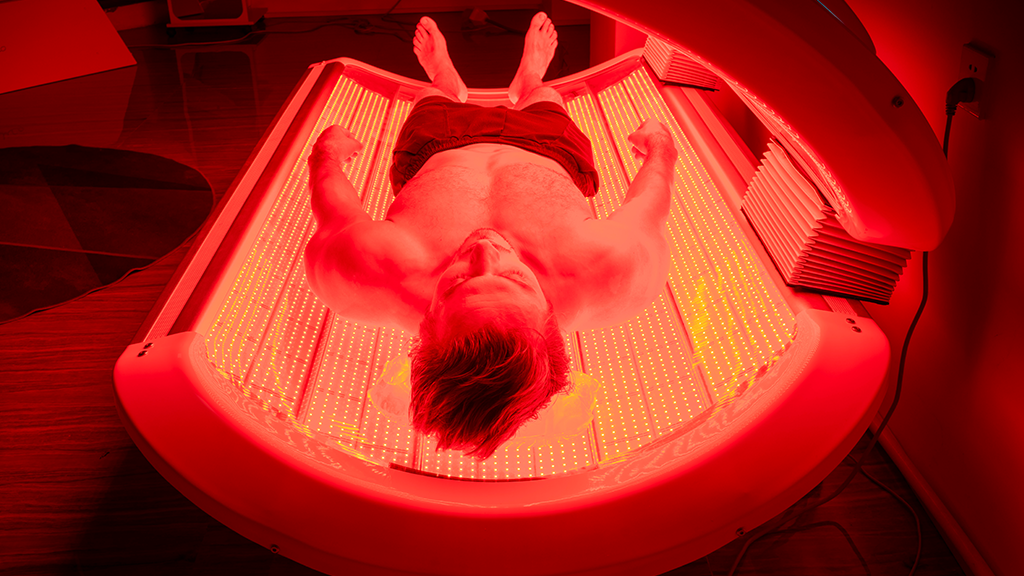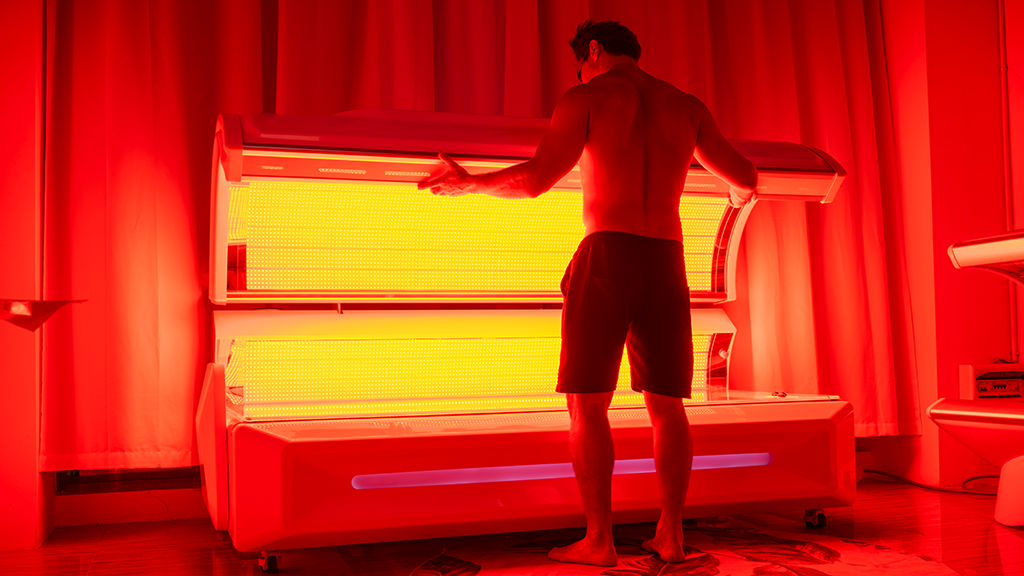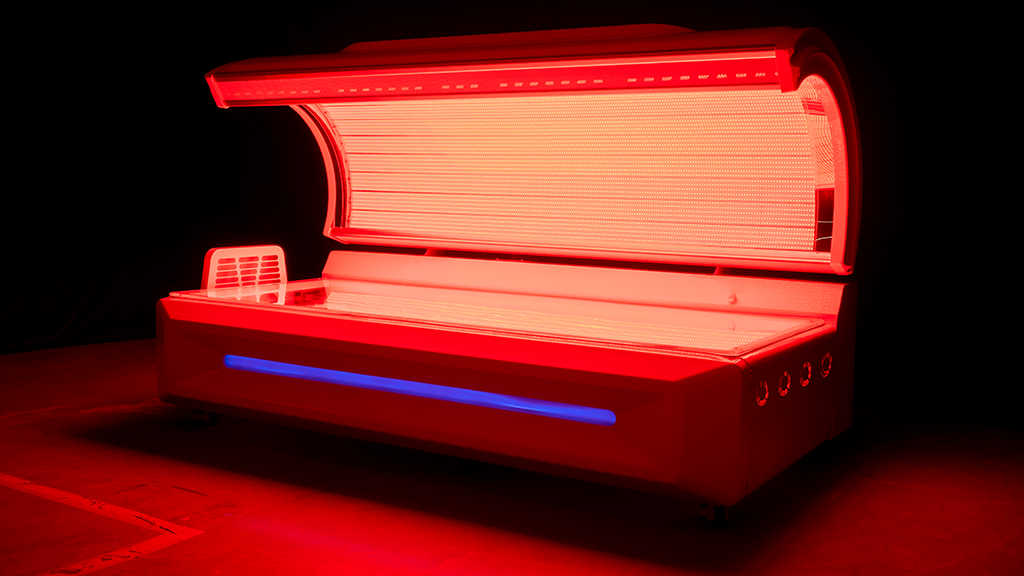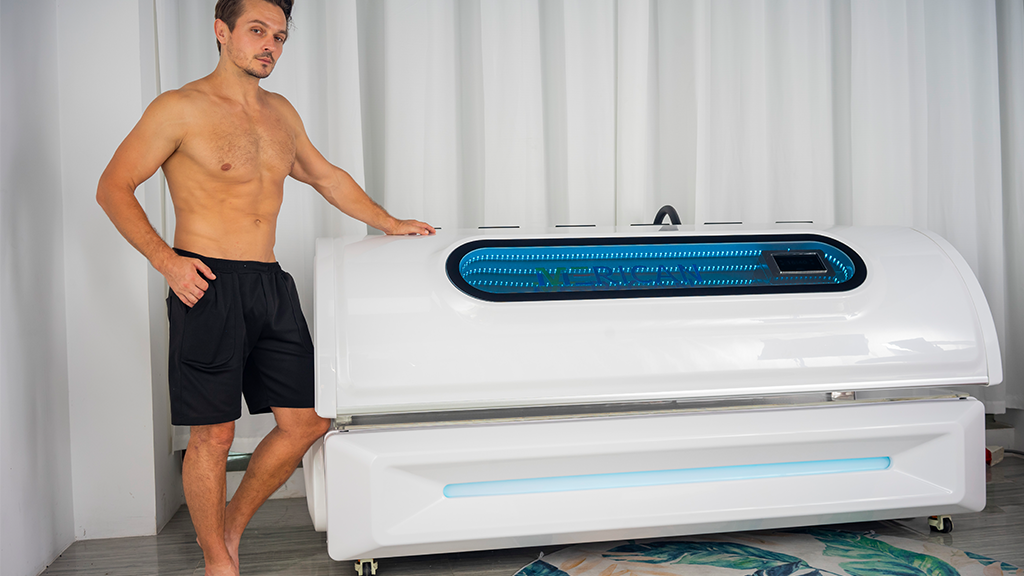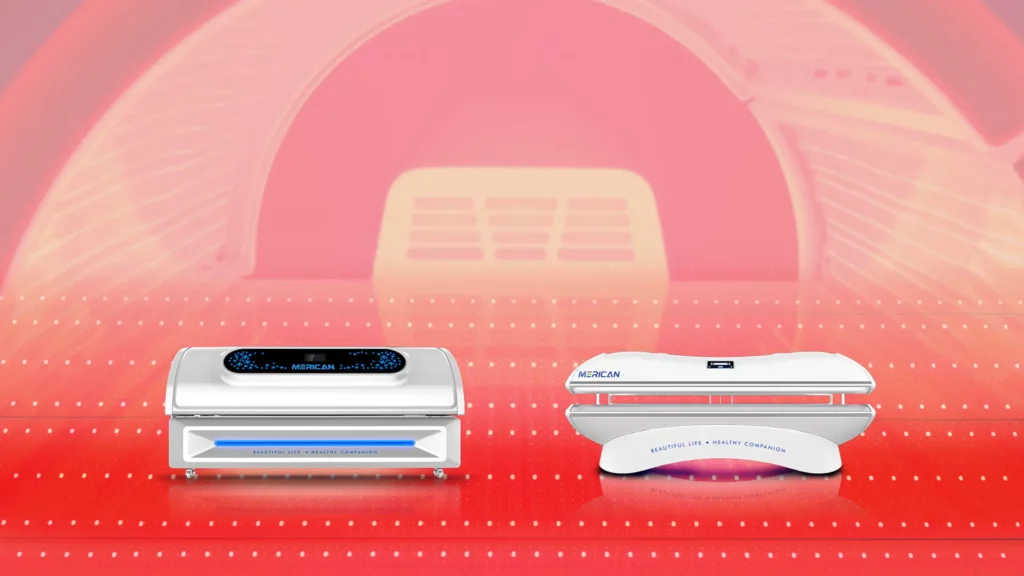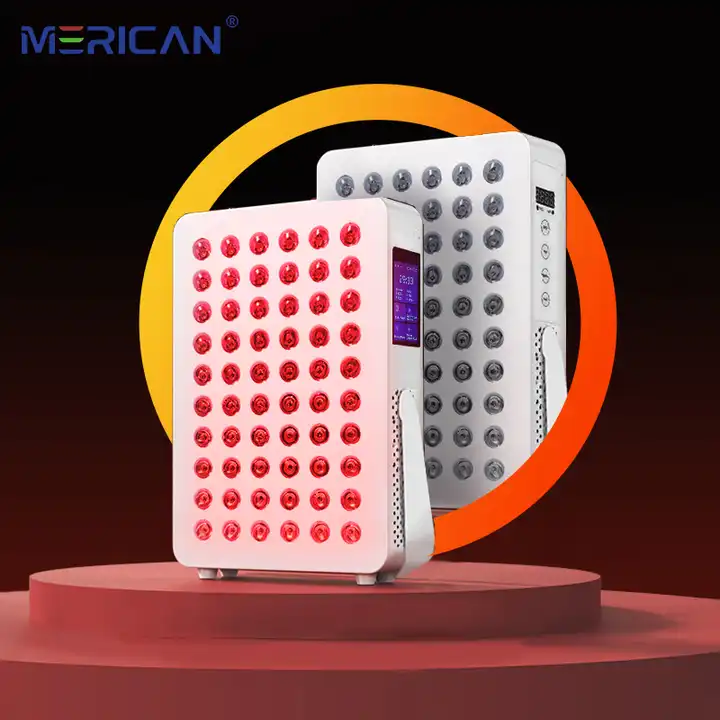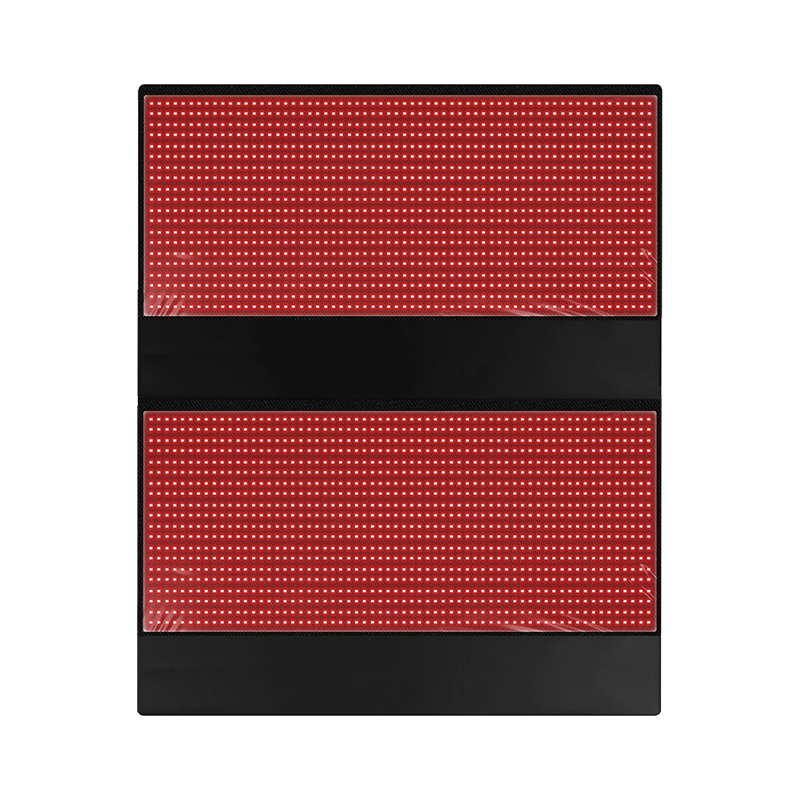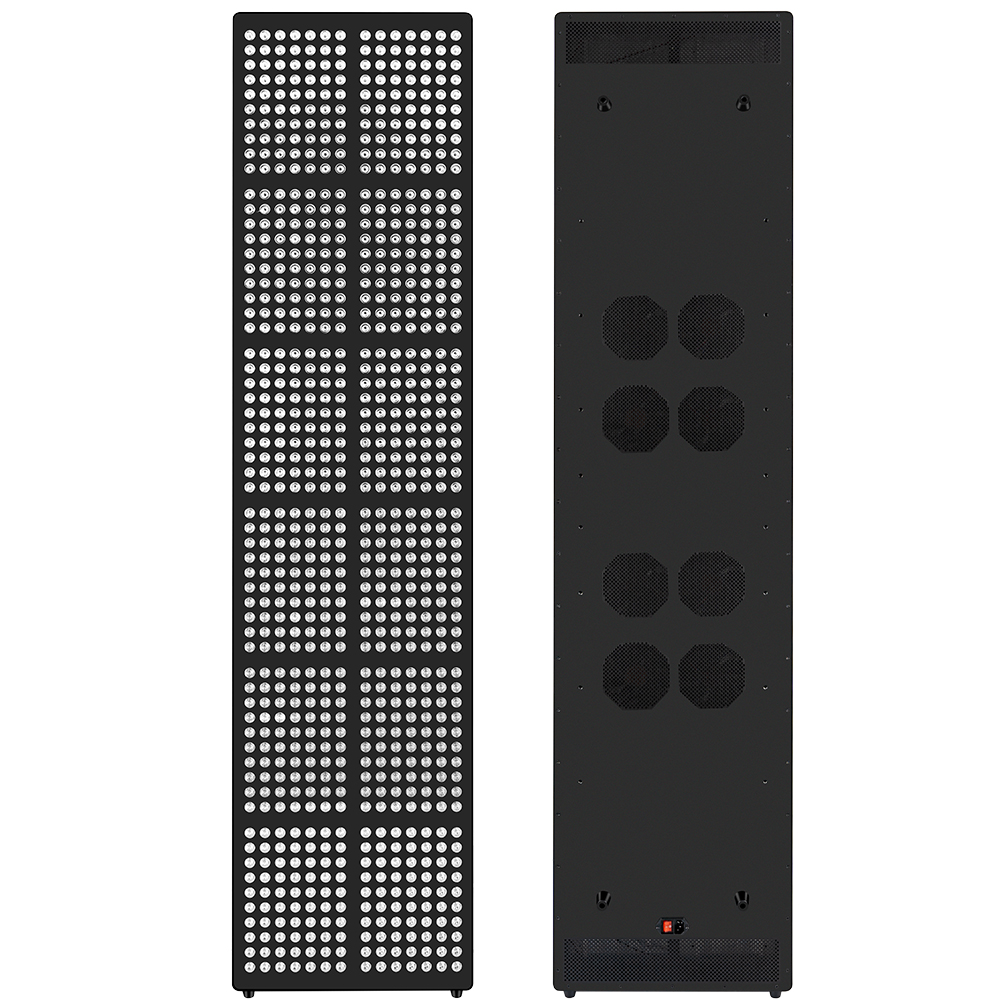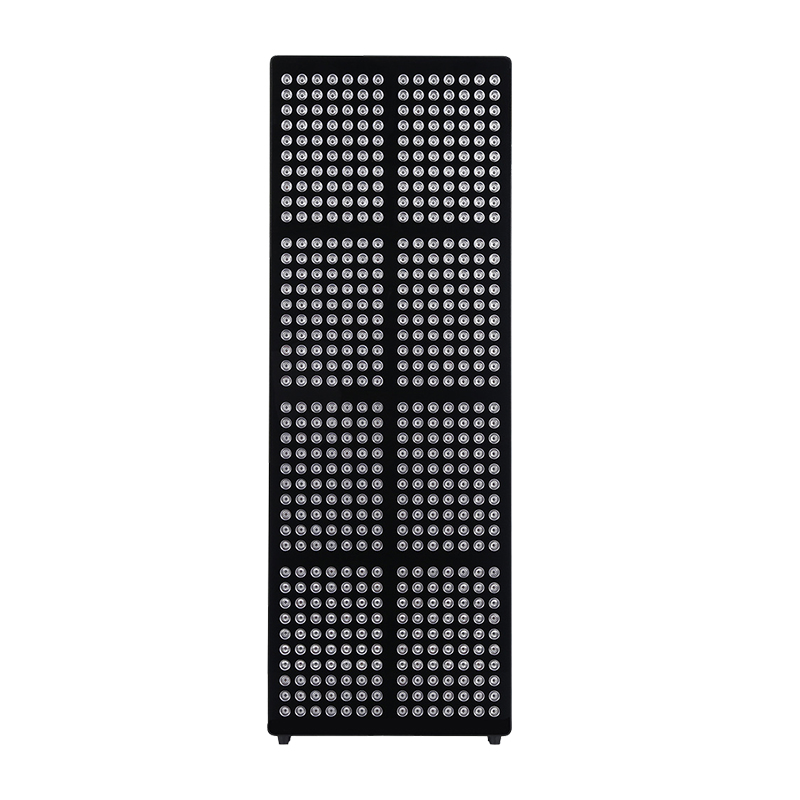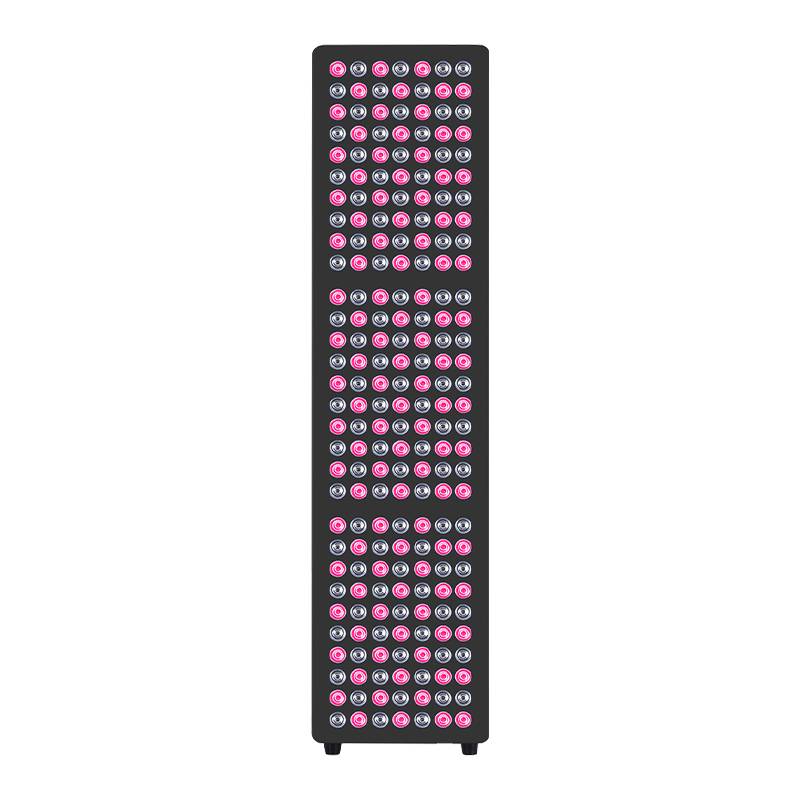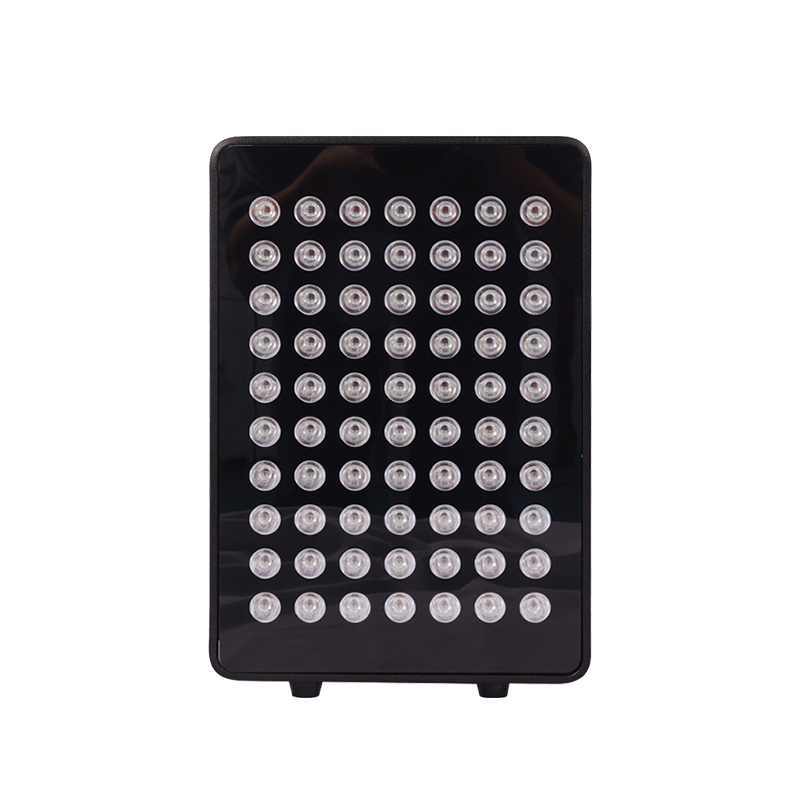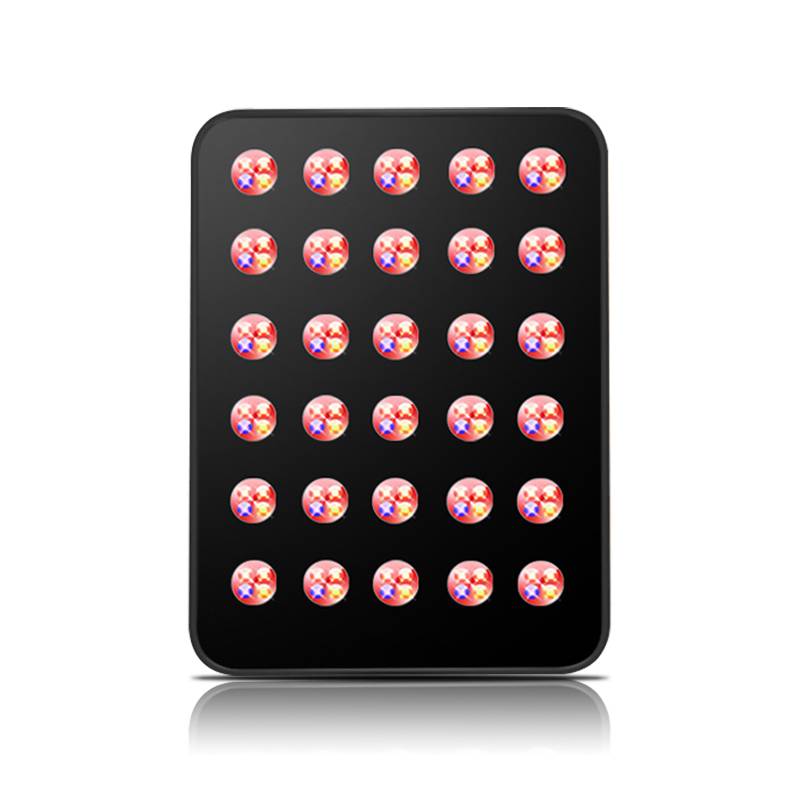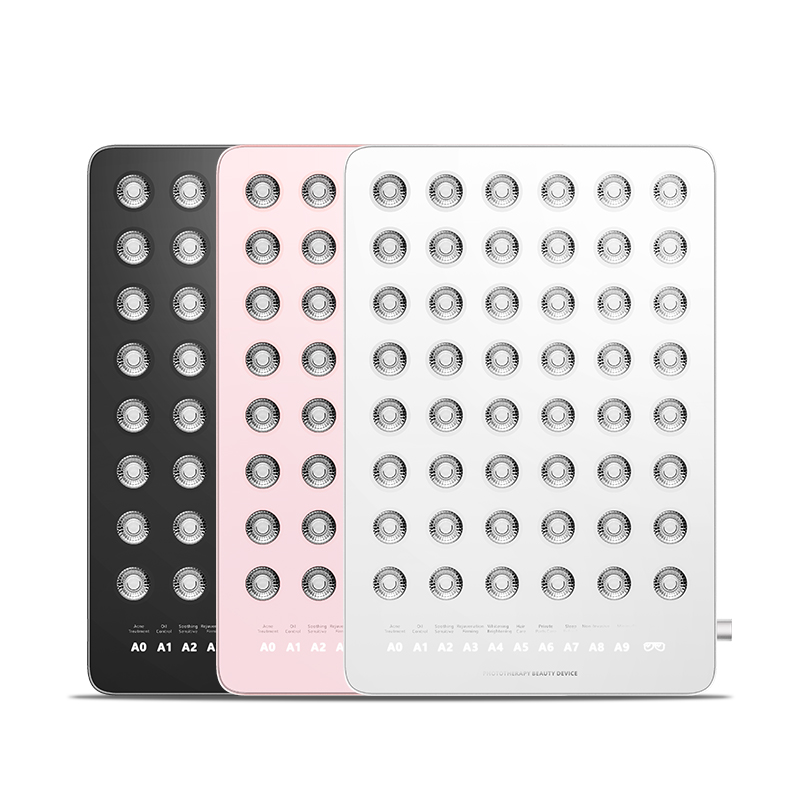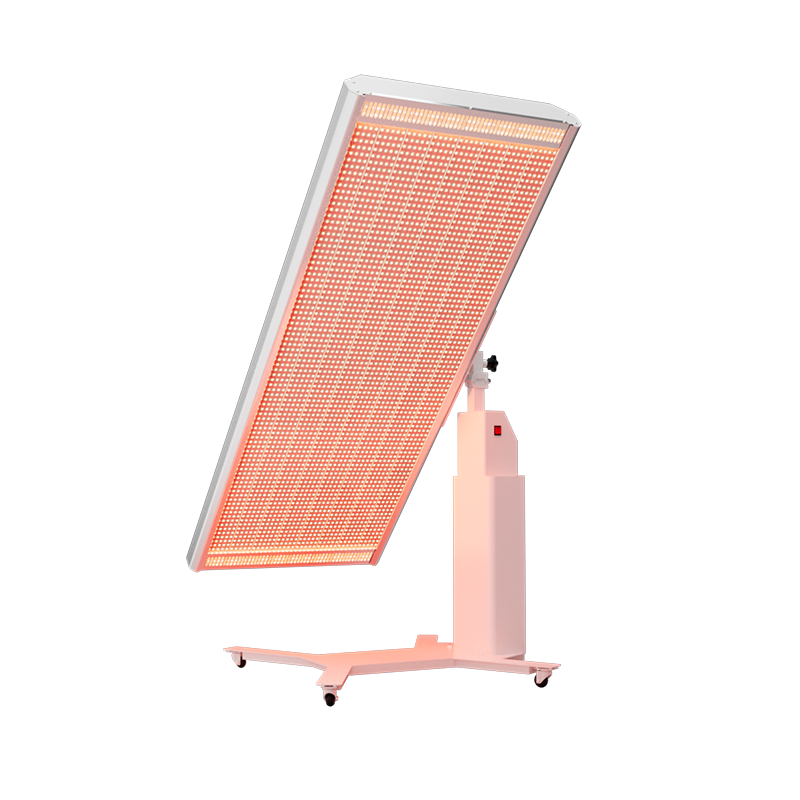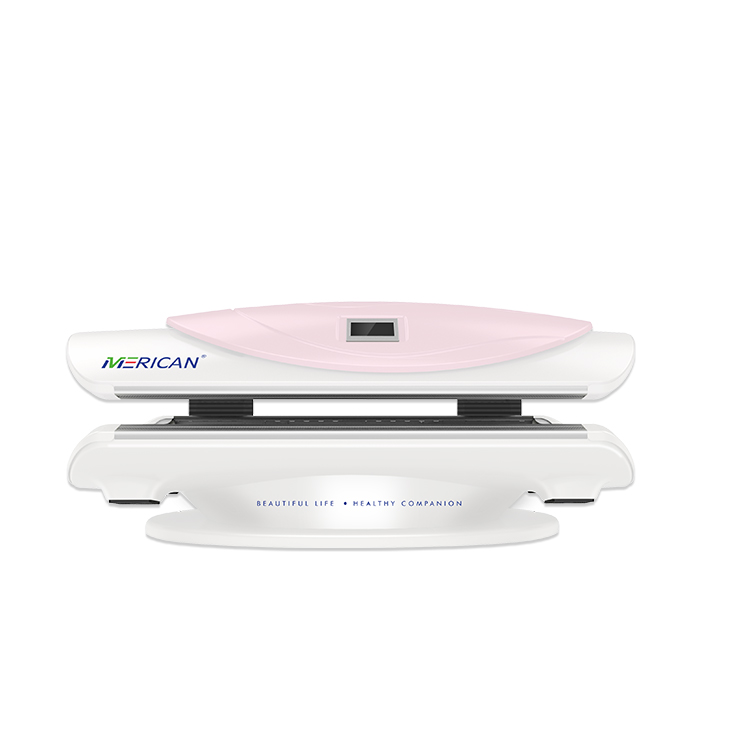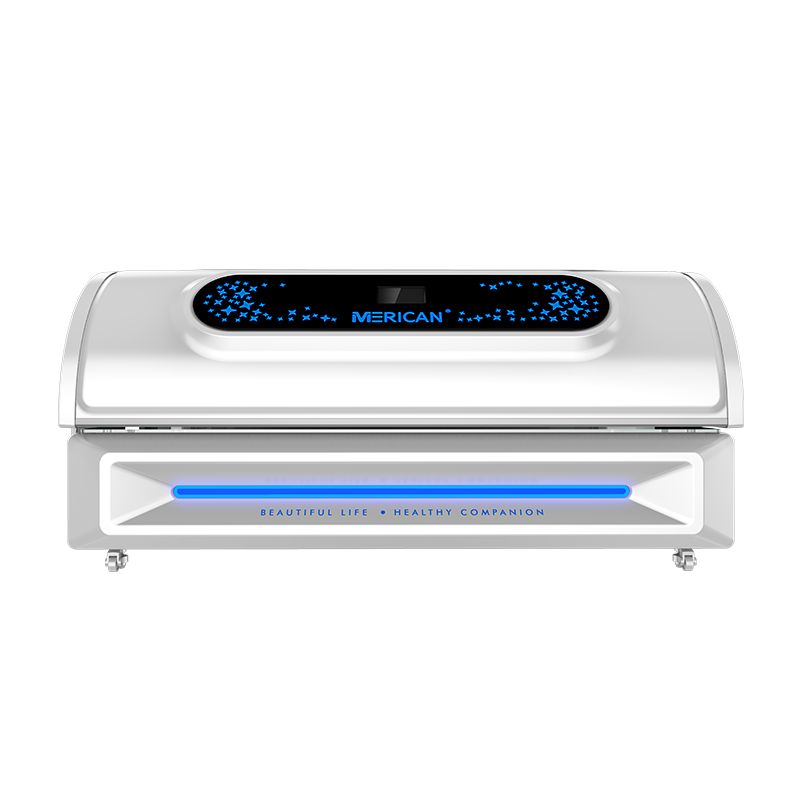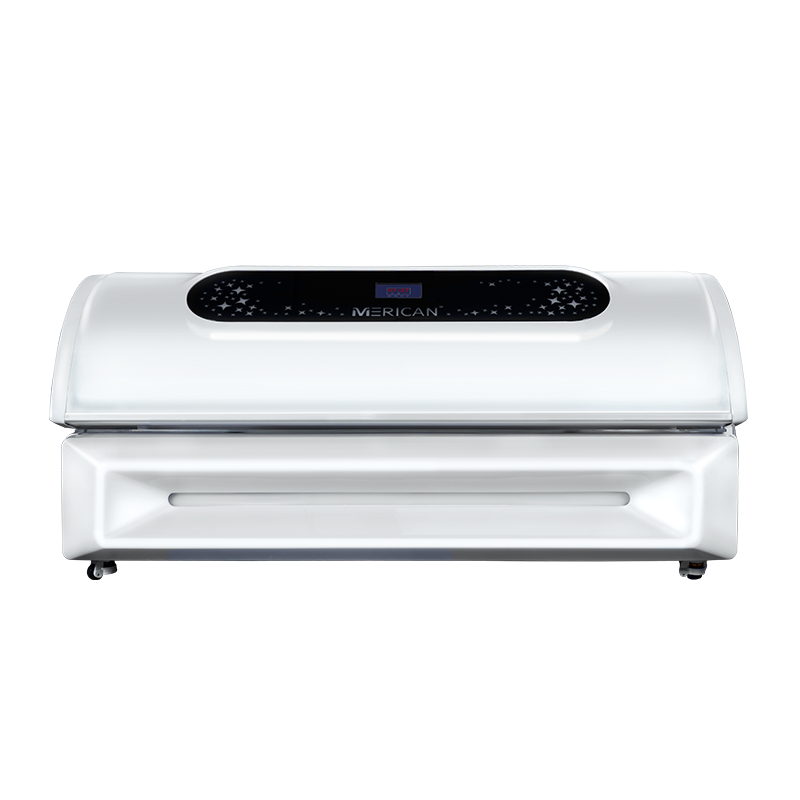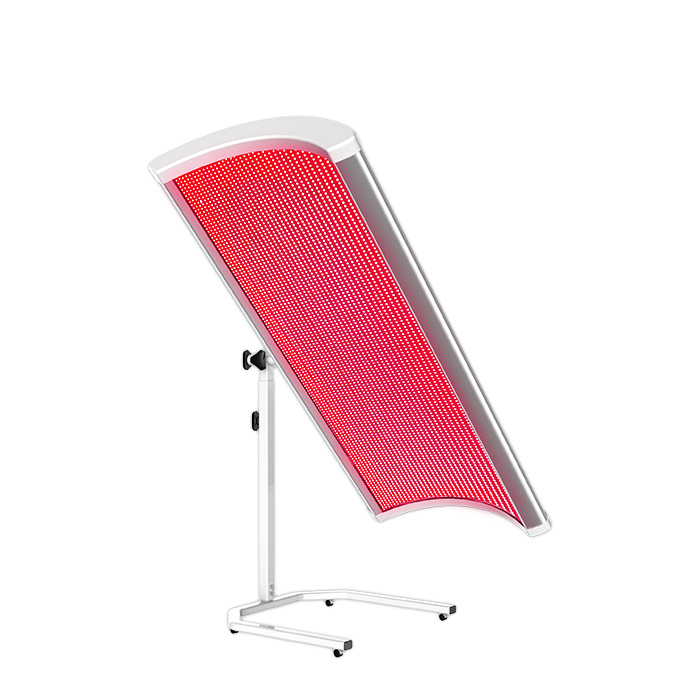Understanding Red Light Therapy
Red Light Therapy, also known as Low-Level Laser Therapy (LLLT), Soft Laser Therapy, or Photobiomodulation, is a form of phototherapy that uses red light to stimulate cellular activity. It is a non-invasive treatment that has been used to treat a variety of conditions, including skin conditions such as acne and wrinkles, pain relief, and wound healing.
Red light therapy works by exposing the skin to red light, which has a wavelength between 630 and 700 nanometers (nm). The light penetrates the skin and reaches the mitochondria of the cells, where it stimulates the production of adenosine triphosphate (ATP), the energy source of the cells. This increase in ATP production can lead to a variety of benefits, including increased collagen production, improved circulation, and reduced inflammation.
Benefits of red light therapy :
Health and Skin Benefits of Red Light Therapy
Red light therapy is a non-invasive treatment that uses low-level red light to stimulate the body’s natural healing processes. This therapy has been shown to provide numerous health benefits, particularly for skin health and pain relief.
Skin Health and Anti-Aging Effects
One of the primary benefits of red light therapy is its ability to improve skin health and reduce signs of aging. Red light therapy can stimulate collagen production, which is essential for maintaining skin structure, strength, and elasticity. Collagen is a component of connective tissue that builds skin, and increased collagen production can help reduce the appearance of fine lines and wrinkles.
Additionally, red light therapy can increase blood circulation to the skin, which can help improve skin tone and texture. It can also reduce inflammation in cells, which is beneficial for those with acne or other inflammatory skin conditions.
Pain Relief and Inflammation Reduction
Red light therapy has been shown to provide pain relief and reduce inflammation in muscles and joints. It can help reduce pain associated with conditions such as arthritis, tendinitis, and fibromyalgia. Red light therapy can also help reduce inflammation in the body, which can be beneficial for those with chronic inflammatory conditions.
Enhanced Healing and Recovery
Red light therapy can also enhance healing and recovery after injuries or surgeries. It can help reduce inflammation and promote the growth of new cells, which is essential for healing. Red light therapy can also help reduce scarring and improve wound healing.
Determining the Right Frequency: How Often Should I Do Red Light Therapy?
The frequency and duration of red light therapy sessions can vary depending on the individual’s needs and goals. Generally, 3-5 sessions per week for 10-20 minutes each is a common recommendation, but it may be adjusted based on the specific condition being treated and the individual’s response to the therapy.
Red light therapy works by stimulating the cells in the body to produce more energy and promote healing. It is a non-invasive and non-toxic treatment that can be used to treat a variety of conditions, including pain, inflammation, skin issues, and more.
It’s important to note that the effects of red light therapy are cumulative, meaning that the more consistently you use it, the better the results will be. However, it’s also important to follow the recommended guidelines for frequency and duration to avoid any potential side effects or overuse.
It’s always best to consult with a healthcare professional or a qualified practitioner before starting any new treatment, including red light therapy, to ensure that it is safe and appropriate for your individual needs.
How to Choose the Right Device
When choosing the right red light therapy device, there are several factors to consider:
Area of Treatment: Determine the specific area of your body that you want to treat. Smaller handheld devices are ideal for treating targeted areas such as the face, hands, or small injuries. If you’re looking to treat larger areas of your body, such as your back or legs, a larger panel or full-body bed might be more suitable.
Wavelength: Look for a device that emits light at the optimal wavelength for red light therapy, which is generally considered to be around 630-660 nanometers for red light and 780-850 nanometers for near-infrared light. These wavelengths are most effective in stimulating cellular processes.
Energy Output: The energy output, or power density, of the device is also important. Higher energy devices may be more effective, but they may also be more expensive. Consider your budget and treatment goals when selecting a device.
Quality and Durability: Choose a device that is well-constructed and made with high-quality materials. Look for devices that have been tested and certified by reputable organizations.
Portability: If you plan to use your device on the go, consider its portability. Some handheld devices are designed to be lightweight and easy to transport.
Ease of Use: Look for a device that is easy to set up and use. Consider factors such as the device’s controls, display, and any additional features it may have.
Cost: Red light therapy devices can range in price from relatively affordable handheld devices to more expensive full-body beds. Determine your budget and choose a device that fits within it while still meeting your treatment needs.
Customer Reviews: Read customer reviews and ratings to understand how well the device performs and how satisfied users are with it.
Consultation with a Healthcare Provider: Before investing in a red light therapy device, it’s a good idea to consult with a healthcare provider to ensure that the treatment is appropriate for your specific condition and goals.
Considering these factors, you can choose a red light therapy device that is right for you and help you achieve your wellness goals.
Check our Top-selling Products of Red Light Therapy at Very Affordable Prices
Conclusion:
In conclusion, red light therapy offers numerous potential benefits, ranging from skin rejuvenation and wound healing to improved muscle recovery and overall well-being. To achieve these benefits, consistent use is key. Ideally, using red light therapy every day or at least 5 times a week is recommended based on research and expert opinions. However, it’s important to remember that the optimal frequency may vary depending on individual factors such as the specific condition being addressed, its severity, and the type of device used. Therefore, it’s crucial to consult with a healthcare professional to determine the most suitable frequency of red light therapy for your personal needs and goals. By following a personalized plan and incorporating red light therapy into your routine, you can potentially experience the full range of benefits this innovative therapy offers.

